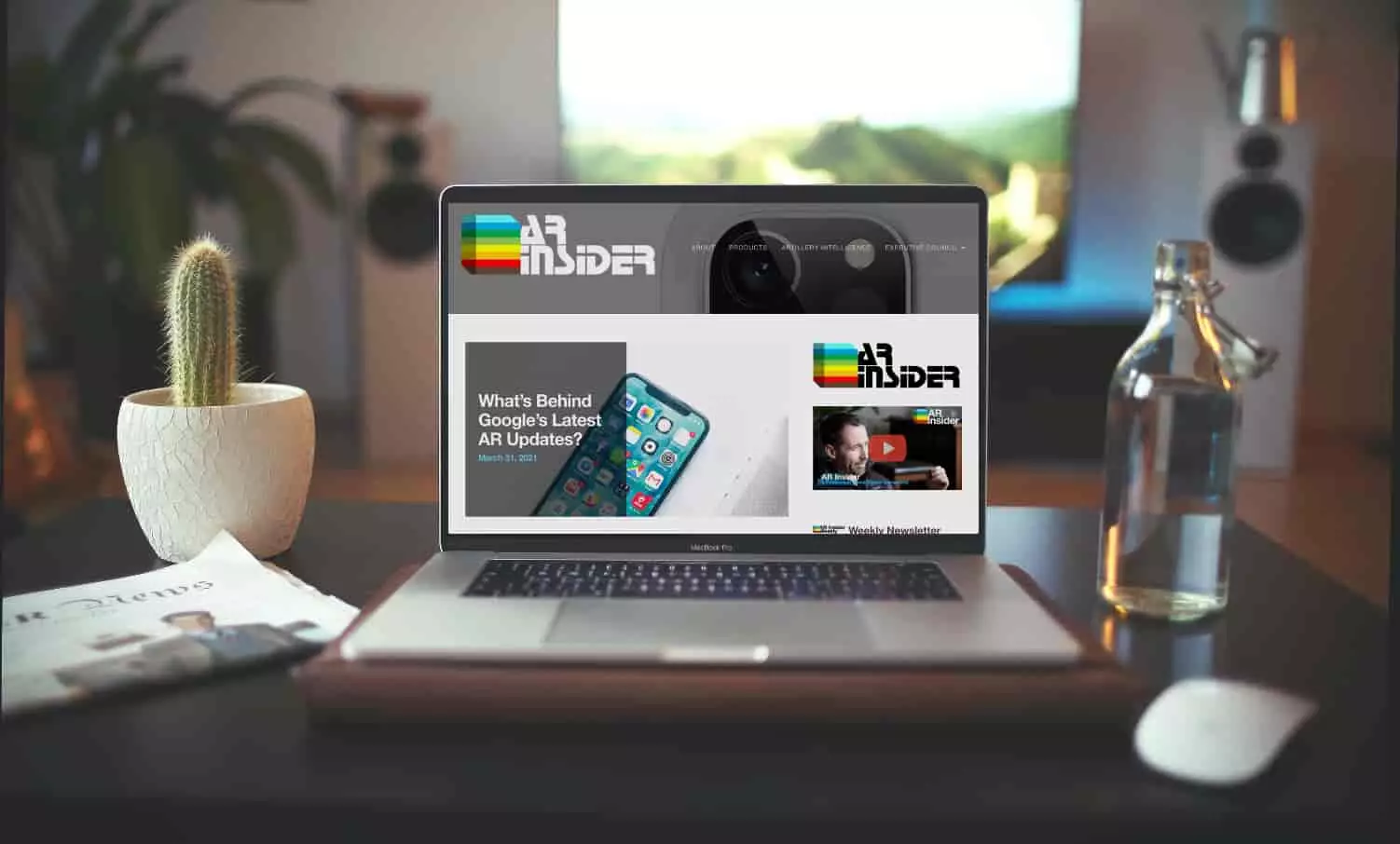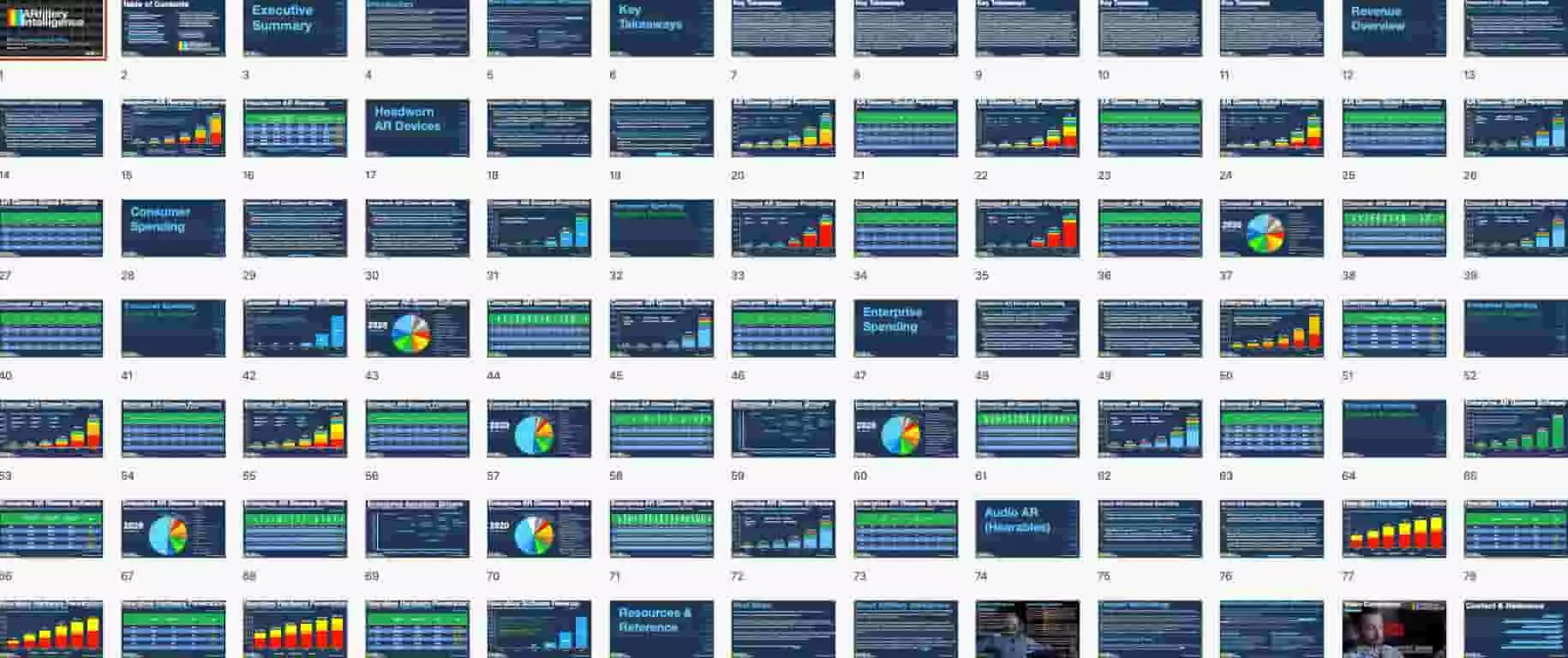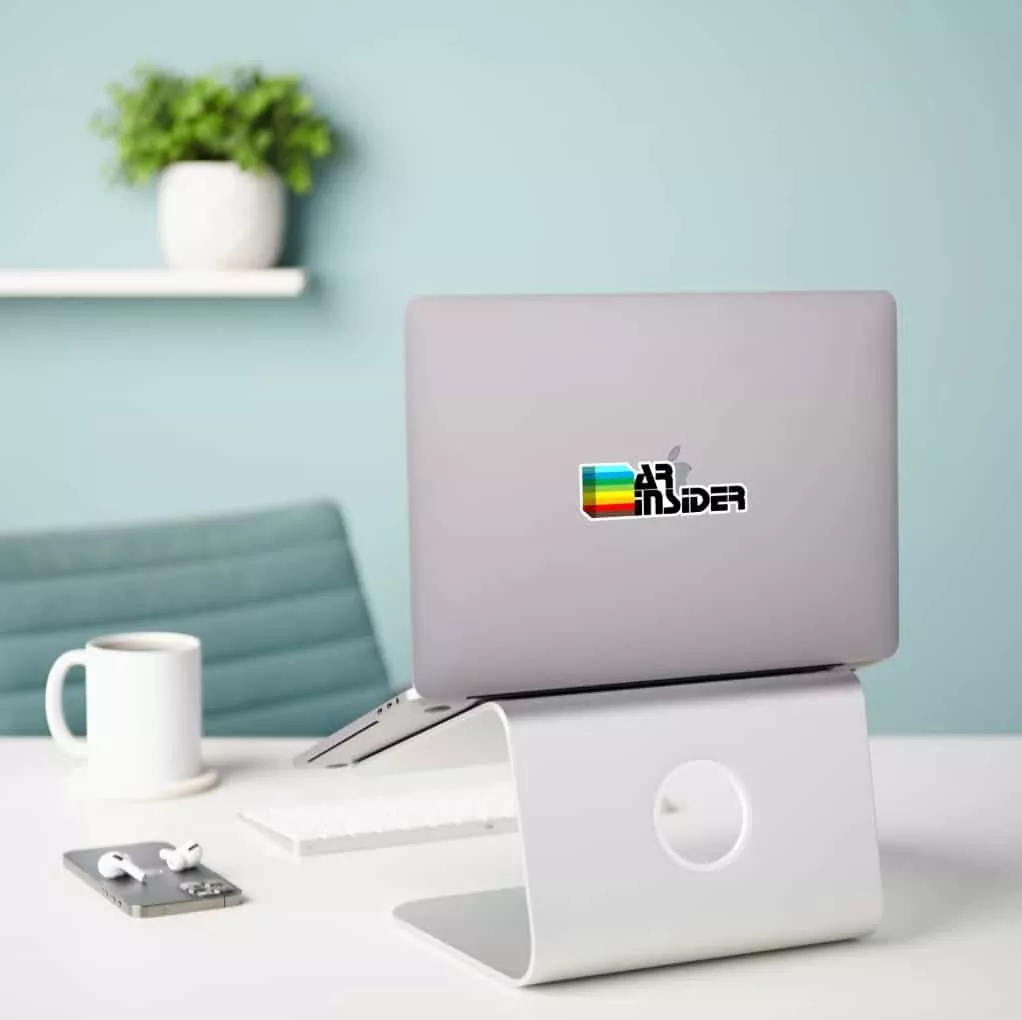
Like many publications, AR Insider has a guest authorship program. Known as AR Insider Vantage, it taps into the opinions and insights of industry leaders. This takes form in 600-1000 word Op/Ed submissions on trend analysis, experiences or strategic advice. There is no fee.
These submissions are edited to ensure quality educational content without promotional material or intent. As governed by AR Insider’s disclosure and ethics policy, we edit such copy and seldomly allow plugs for authors’ companies (except in case studies, data citations, or author bio).
If contributors wish to promote their company’s activities or products, they can do so under AR Insider’s sponsored articles (one-time) or Thought Leaders program (unlimited). These articles are not edited as sponsors pay to be published as submitted (we only copy edit for grammar).
Rules & restrictions for submitted articles
Based on the above, a question often arises: “Where’s the line between sponsored and organic?” This involves several signals — objective and subjective — within a given piece. We make judgment calls using senses and standards developed over 25 years of journalistic writing.
To further characterize this key difference, here are a few factors that would designate a piece as organic versus promotional.
– If the content is industry-level trends and takeaways, not company-centric (exception: case studies with concrete takeaways)
– If the content is opinionated and/or provocative
– If the author’s voice comes through in a genuine way, representing his or her experiences or beliefs, rather than that of his or her employer
– Put another way, organic contributions are from individuals in the spatial computing industry, not companies.
– Here is an example of a successful organic Op/Ed contribution
– If an author’s company is the focus of the article, or is “plugged” in the copy (exception: case studies with concrete takeaways)
– If the author’s company, sales team, marketing department, or PR representatives have any influence, authorship, or editing role.
– If the contributor’s job title includes sales, BD, communications, PR, marketing, or roles that involve promotion or selling.*
– If the tone and language are salesy or if it reads like a marketing piece (our discretion).
– Bottom line: if it is a “pitch” in tone or substance, or if it carries any hint of promotional intent. Readers are smart and will sense this immediately (as will we).
* Speaking of job title, the author’s bio at the bottom of a contributed article includes name, title, and company (example). For paid/sponsored submissions, a longer description of the company and author, in their own words, is allowed.

Best practices for compelling copy
What types of submissions and writing styles are most successful in our contributor program? Here are ten tips. Articles don’t have to possess all of these qualities, but cherry-picking the components that are relevant to you can elevate any given submission.
1. Size matters
The most successful word counts to achieve a balance of depth and brevity is 600-1000 words, though your subject matter should ultimately determine the length of the article.
2. Talk like a human
Genuine voices are most successful in engaging readers. Speak in your own voice. A plain-spoken tone is preferable over stilted, wordy and adjective-heavy language. You’re smart, we get it… you don’t need big words to prove it.
3. Be a thought leader
Assertive and well-backed opinions on strategy, trend analysis or product development approaches usually perform well.
4. Numerate
Consider structuring your perspectives into a list-based narrative. This includes things like “5 Ways to Boost AR Session Lengths.” These types of headlines perform well because it suggests to the reader that their time will be well spent and respected through an easily digestible and organized article. It’s also a great way to organize your thoughts and make the writing process easier to tackle.
6 Ways Vision Pro’s eCommerce Potential is Already Materializing
5. Service journalism
Similar to the previous bullet, consider practicing “service journalism.” This involves “how-to” content. If you have perspective and opinions about a particular method for product development or anything else, this can be a valuable and well-performing format. Here’s an example:
6. Sell by not selling
We’ll reiterate that salesey language will be rejected, even if it’s indirect (playing up a solution in the abstract that matches your own). Moreover, you’ll be more successful in gaining audience trust and engagement by educating them as a thought leader, which then has direct visibility benefits for you and your product. Blatantly-salesey language is a shortsighted and less effective way to achieve that goal. Readers are smart and they know when they’re being sold to.
7. Show rather than tell
One way to achieve that goal of gaining visibility for your company or product — but in an editorially-sound way — is to write about a case study. Tell us about something your company did that produced meaningful lessons. What was the goal or hypothesis? What was the process of execution? What was the outcome? And what are the lessons? When done right, this can gain reader trust and expose your company/product in meaningful and organic ways. When contributors do this, we lift the aforementioned restriction about mentioning your company in the article (because you obviously have to say the company’s name when explicating the case study).
8. Show your work
Narratives that contain original data also perform well. In the process of telling your story or communicating your hard-fought insights, provide any original data that’s being uncovered about your product’s usage. Is it helping your users achieve any noteworthy KPIs? Like the previous point, original data points like this can justify a company “plug” (as you have to cite your company as the source of the data), meaning we can lift the restriction about self-mentions in contributed articles.
9. Nuts & bolts
Procedurally speaking, we can take the article in any format but Google Docs is preferred, with suggested images attached separately as image files. Our header images are rather large, and need to be 1920px wide (example). If you don’t have images that fit that description, we can choose a thematically-relevant one from our library of pre-approved and license-free images. Speaking of license, we need rights and permission to publish any image. If you provide images with your article draft, please keep this in mind, as it is a lesser-known legal requirement for online publications.
10. Have fun
Though many of the above tips involve being structured and data-backed, it doesn’t mean it has to be a completely rigid endeavor. Have fun and infuse some humor, which will go a long way towards boosting your connection to the audience and some of the above variables like plain-spoken tone. Have fun with it!
Ask us anything.
If you have questions on these delineations or wish to run something by us to decide, please reach out to us using the form below. We look forward to working with you in all of the above scenarios. Whether organic or sponsored, all submissions are welcome.






